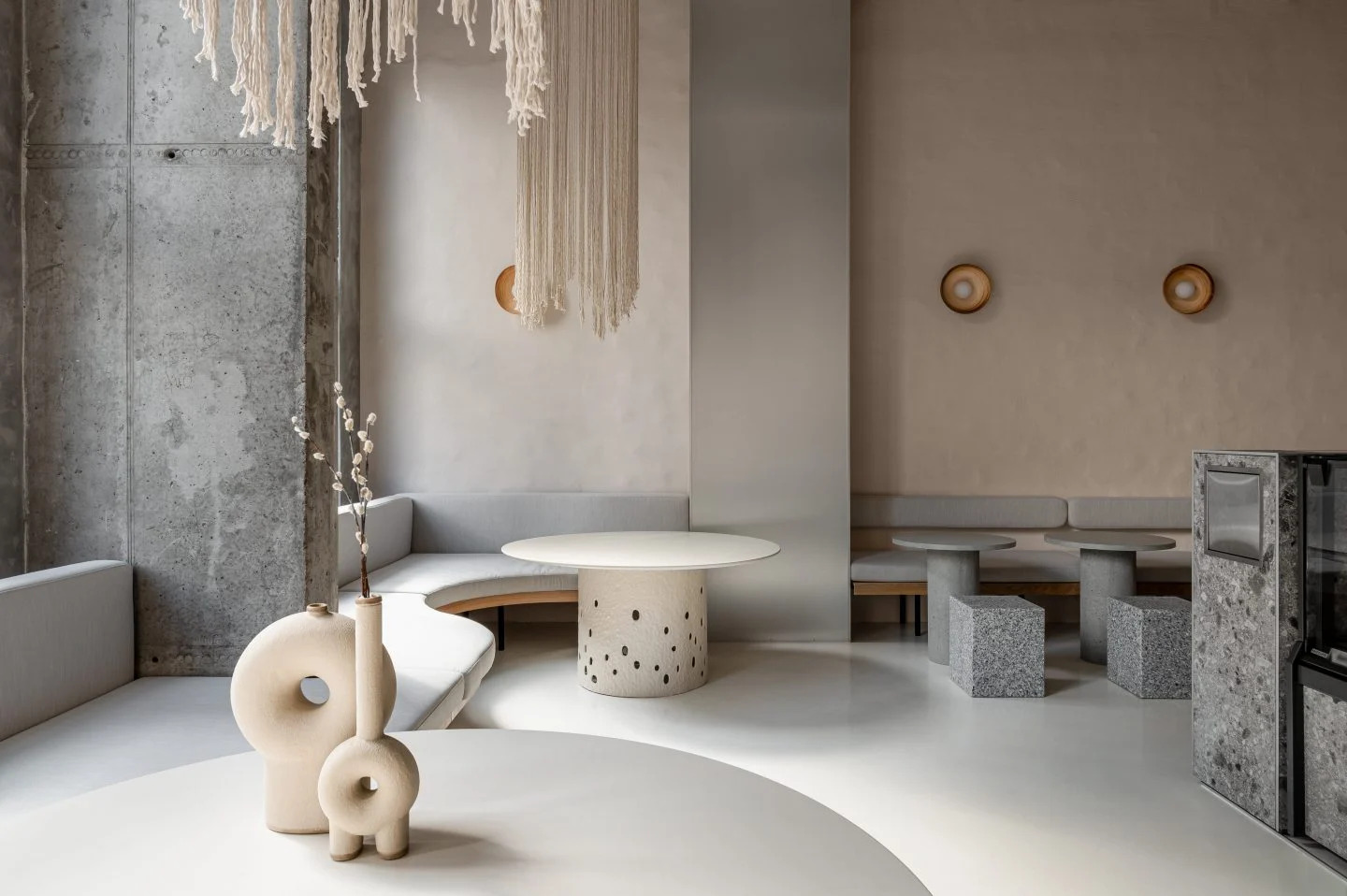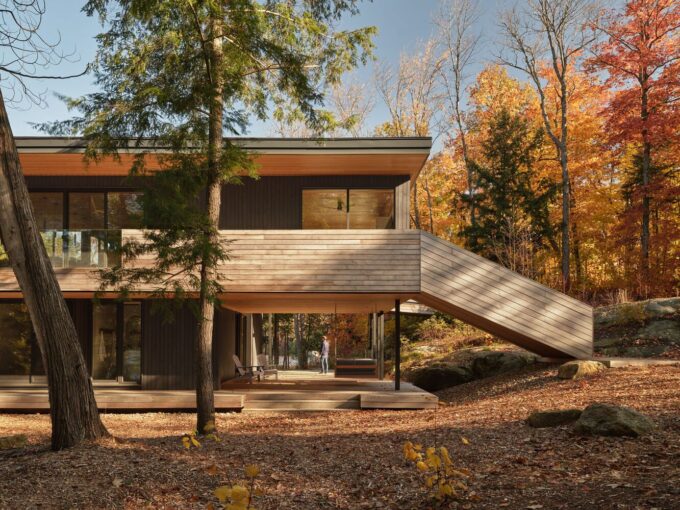- Home
- Articles
- Architectural Portfolio
- Architectral Presentation
- Inspirational Stories
- Architecture News
- Visualization
- BIM Industry
- Facade Design
- Parametric Design
- Career
- Landscape Architecture
- Construction
- Artificial Intelligence
- Sketching
- Design Softwares
- Diagrams
- Writing
- Architectural Tips
- Sustainability
- Courses
- Concept
- Technology
- History & Heritage
- Future of Architecture
- Guides & How-To
- Art & Culture
- Projects
- Interior Design
- Competitions
- Jobs
- Store
- Tools
- More
- Home
- Articles
- Architectural Portfolio
- Architectral Presentation
- Inspirational Stories
- Architecture News
- Visualization
- BIM Industry
- Facade Design
- Parametric Design
- Career
- Landscape Architecture
- Construction
- Artificial Intelligence
- Sketching
- Design Softwares
- Diagrams
- Writing
- Architectural Tips
- Sustainability
- Courses
- Concept
- Technology
- History & Heritage
- Future of Architecture
- Guides & How-To
- Art & Culture
- Projects
- Interior Design
- Competitions
- Jobs
- Store
- Tools
- More
The Ultimate Guide to Fabric Selection in Interior Design

Fabric plays a pivotal role in interior design, setting the tone for the aesthetic and functionality of a space. When executed correctly, the right fabric can transform a room from a blank canvas into a dynamic, welcoming haven. This comprehensive guide will take you through the process of selecting fabrics for your interior design project, from understanding different types of fabrics and their uses to considering factors such as color, pattern, and texture.

Table of Contents
ToggleUnderstand the Types of Fabrics
- Natural Fabrics: Natural fabrics are derived from animals and plants. This category includes cotton, silk, wool, and linen. Each offers unique properties. Cotton is durable and comfortable, wool is warm and resilient, silk is luxurious and delicate, and linen is breathable and absorbent.
- Synthetic Fabrics: These are man-made and include fabrics such as polyester, nylon, acrylic, and rayon. They tend to be more durable and easier to maintain than natural fabrics, but they may not have the same breathability or feel.
- Blended Fabrics: These combine the best of both worlds. For instance, a blend of cotton and polyester can offer the comfort of cotton with the durability of polyester.
The purpose of the room and the furniture will largely dictate your fabric choice. Upholstery for a frequently used living room sofa should prioritize durability, while the bedroom may call for softer, more comfortable fabrics. Consider factors like pet-friendliness, stain-resistance, and whether the fabric is easy to clean.

Color and pattern are essential in setting the mood and style of the room. Neutrals can create a calm, sophisticated space, while bold colors can infuse energy. Patterns, when used judiciously, can add interest and depth. Consider the size of the room, the amount of light it gets, and the existing color scheme when choosing colors and patterns.
Texture is Key
Texture adds depth and character to a room. Combine different textures for a more dynamic look: think smooth silk curtains contrasting with a rugged linen sofa.
Test Fabric Swatches
Always test fabric swatches in the intended space before making a final decision. Look at them in different lights and against other elements of the room to ensure they harmonize.
Sustainability Matters
With growing environmental concerns, consider choosing fabrics that are sustainably sourced, recycled, or have a lower environmental impact, like organic cotton or hemp.
Professional Help
If in doubt, don’t hesitate to seek help from a professional. An interior designer has the experience and knowledge to guide you through the process and help avoid costly mistakes.
Fabric selection is an art that balances aesthetics and practicality. It’s a chance to express your personal style and create a space that’s truly yours. Armed with this guide, you are now ready to make an informed decision on fabric selection for your next interior design project.

Selecting the perfect fabric for your home or business can feel like an overwhelming task due to the wide variety of choices available. This is where the expertise of an interior designer can be invaluable. Their consultancy services, including fabric selection, can help you navigate this complex process and bring your vision to life.
Interior designers can provide personalized fabric recommendations based on your preferences, lifestyle, and the purpose of the room. They use their expertise in color, texture, and fabric durability to ensure that the selected fabrics meet the requirements of the space. Interior designers often have access to unique, high-quality fabrics not readily available to the general public. They can source these special materials to create a bespoke look for your space.
Do not forget that if you’re interested in sustainable design, an interior designer can guide you towards fabrics that are eco-friendly, ethically sourced, and durable. They can advise on options such as organic cotton, hemp, and recycled fabrics. Interior designers are skilled at creating a cohesive look. They can ensure that the chosen fabrics work well together and with the other elements of the room.

Submit your architectural projects
Follow these steps for submission your project. Submission FormLatest Posts
The Ultimate Guide to Fencing in North Dakota: Choosing the Best Fence for Your Property
Watching a chain link fence twist in 70 mph winds near Minot...
Gaudí: Where Architecture Meets Science
Gaudí: Where Architecture Meets Science shows catenary arches, ruled surfaces, and biomimicry...
How Housing Market Forces Shape Architectural Design Today
Architecture never exists in isolation. Buildings rise from a mix of ambition,...
Why Portable Formaldehyde Gas Detectors Matter on Construction Sites
As construction practices shift toward more enclosed and material-intensive environments, the risk...












Leave a comment